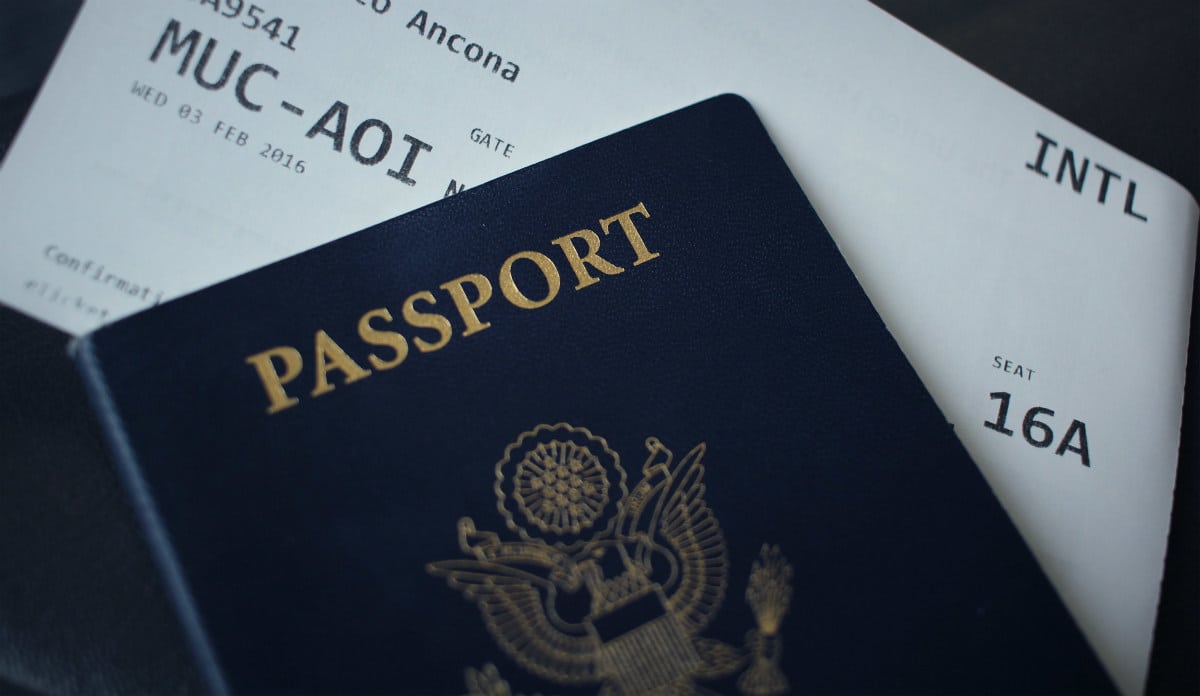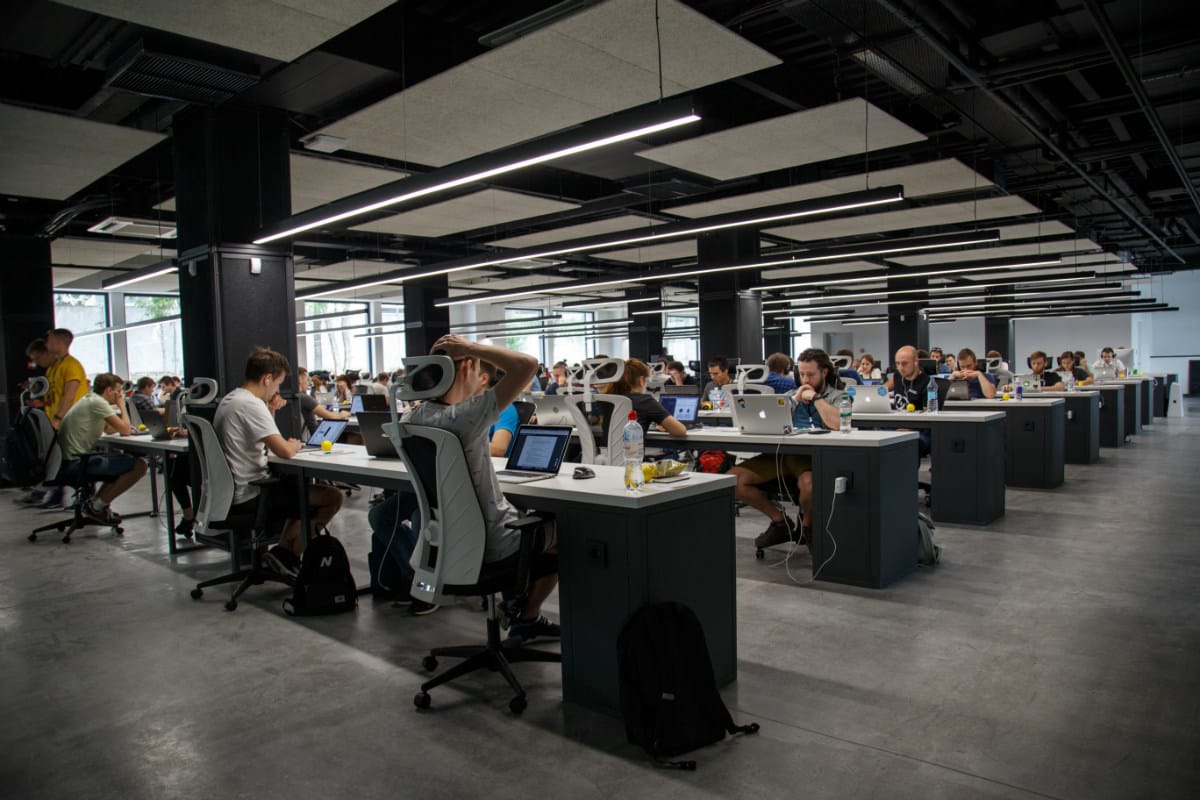Employing Working Holiday Makers: What you should know
Employing Working Holiday Makers to fill rosters during busy periods is common practice across an array of industries, including retail, accommodation, hospitality, horticulture, tourism and more. Read on to see what you should know about employing Working Holiday Makers.

The Working Holiday visa program allows people 18 to 30 years old (or 35 years old for some countries) to have an extended holiday in Australia and work while they are here to help fund their trip. Department of Home Affairs data shows more than 111,000 Working Holiday Maker (WHM) visa applications were granted between July and December 2023.
There are two visa streams that fall within the Working Holiday program, this includes Working Holiday Visa (subclass 417) and Work and Holiday Visa (subclass 462).
Employer Registration for Taxation and Superannuation
To employ a WHM in Australia on a visa subclass 417 or 462, you must register with the ATO as an employer of WHMs to withhold tax at the WHM tax rate, prior to making your first payment to them.
Your new employee will advise you that they are a WHM on their Tax file number declaration. The form asks workers to declare if they’re a WHM, Australian resident, or foreign resident for tax purposes.
You can work out the tax to withhold from payments to individuals working in Australia under a working holiday visa using the calculator here.
Foreigners on a visa subclass 417 or 462 are entitled to superannuation on the same basis as Australian Citizens. When they leave Australia, they can apply to have this super paid back to them as a Departing Australia superannuation payment (DASP).
Know Their Work Limitations
Working Holiday visas are granted for a period of one year, with the option of renewal for a further year if 3 months (88 days) of specified work is undertaken during the required period. Additionally, an option for renewal for a third year is available if 6 months (179 days) of specified work is undertaken during the required period.
All WHV holders can work for the full duration of their 12-month stay in Australia but are subjected to condition 8547 which limits work with any one employer to a maximum of six months. Permission to work with an employer beyond 6 months is given only in limited circumstances.
The 6-month period starts from the day the employee starts work. It includes full-time, part-time, casual, shift and voluntary work. It is based on the time that has passed since they started working, not how many hours or days have been worked.
Condition 8547 is taken to mean that the sum of any periods of employment with the same employer operating in Australia is not to exceed six calendar months. ‘Employer’ is taken to mean an ‘end user’. This essentially means that even if the visa holder is paid through a different entity, if at the end of the day they are still sitting at the same desk and reporting to the same employer, it is still captured under condition 8547.
Working Beyond six-months Work Limitation
More recent changes to policy stipulate that a visa holder may now work for the same employer for a combined total of more than 6 months provided the work is undertaken in different locations and work in any one location does not exceed 6 months. Examples include different hotels, resorts or restaurants in the same chain; independently-owned franchises; and separate branches or facilities (such as farms or abattoirs) of the same organisation or business owner.
Working in a different position at the same workplace (for example, changing to a cleaning role after initially working for 6 months at reception) would be considered a continuation of employment with the same end user and is not permitted.
WHMs may be eligible for an extension of the six-month employment limitation in certain circumstances.
From 1 January 2024 WHMs can work for the same employer in Australia for more than 6 months without asking permission if they work in any of the following:
- different locations for the same employer, as long as work in any one location does not exceed 6 months
- plant and animal cultivation
- natural disaster recovery work
- critical sectors, including agriculture, food processing, health, aged and disability care and childcare, tourism and hospitality
- certain industries, including, fishing and pearling, tree farming and felling, construction and mining, in northern Australia only.
Completing Ongoing VEVO Checks
Businesses employing WHMs are recommended to carry out regular checks to verify their visa status. Home Affairs recommends a verification check at onboarding, within two days of visa expiry, and when a change of circumstances occurs.
Many WHMs apply for further visas whilst in Australia, such as second Working Holiday Visa, student visas, employer sponsored visas. This could impact their immigration status in Australia.
We recommend carrying out checks at least once every three months to ensure continued compliance. To learn more about improving your documentation process for visa holders, book a demo with CheckWorkRights today.


